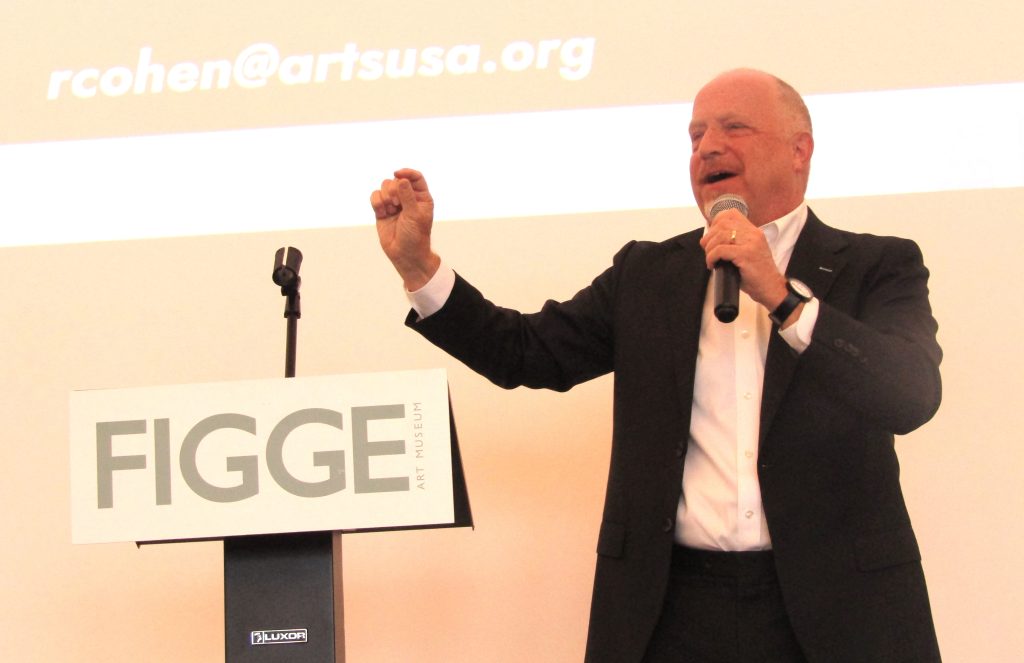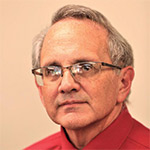Black Hawk gets grant for new GED, welding program
QCBJ News Staff

Randy Cohen, vice president of Research for Americans for the Arts, gives a presentation Thursday, May 16, at the Figge Art Museum in Davenport. CREDIT DAVE THOMPSON
Supporting the arts is economic development. The arts create jobs, bring in money, and attract people and visitors. The arts make a community strong.
Those were the top messages delivered by Randy Cohen, vice president of Research for Americans for the Arts, during a breakfast meeting Thursday, May 16, at the Figge Art Museum

Get immediate, unlimited access to all subscriber content and much more.
Learn more in our subscriber FAQ.
Do you want to read and share this article without a paywall?
